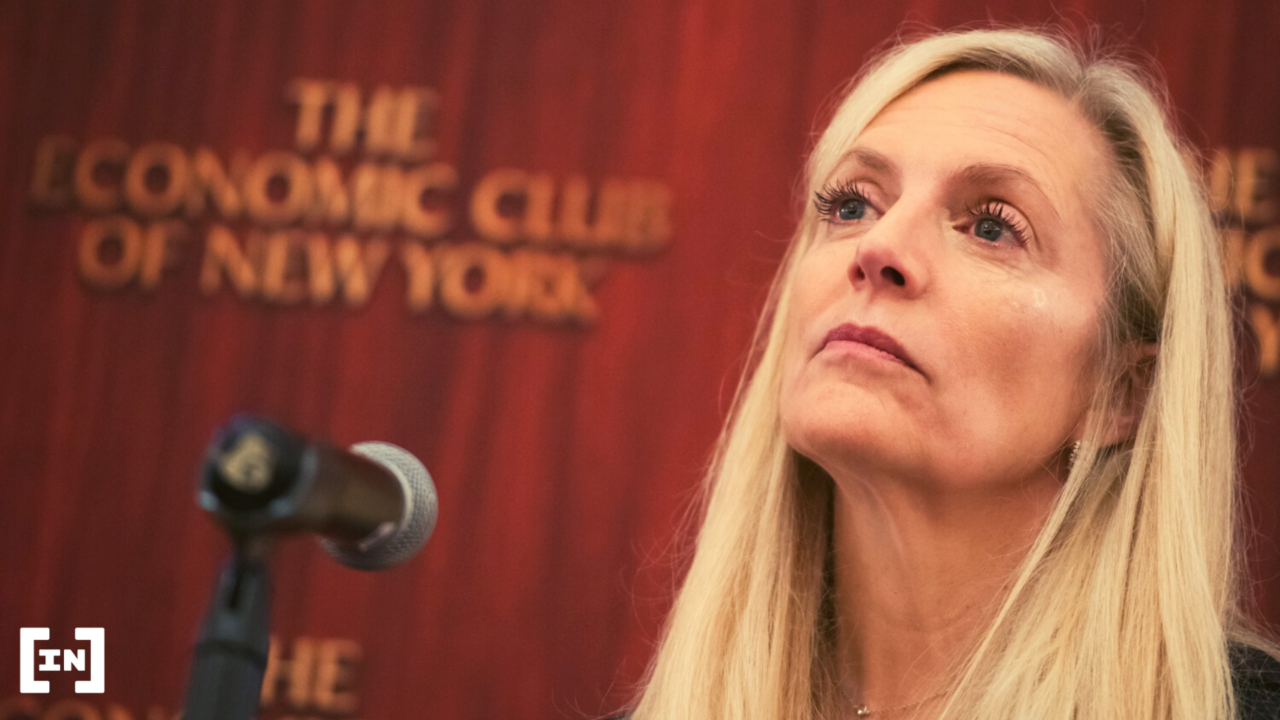The shockwave from the collapse of the world’s second-largest centralized crypto exchange is still reverberating. Moreover, it has given regulators all the ammunition they need to come down hard on the embryonic industry.
On Nov. 15, Reuters reported that U.S. regulators launched a raft of probes into the now-bankrupt FTX exchange. The report noted that the Securities and Exchange Commission is deploying its usual arsenal of securities laws violations.
It is possible that this could set precedence for exchange-based tokens being classified as securities. This would impact behemoth Binance and BNB the most. It would also affect OKB, Leo Token, Cronos (CRO), KuCoin (KCS), and Huobi Token (HT), among others.
On Nov. 14, Federal Reserve Vice Chair Lael Brainard said that crypto has proven to have the same risks as traditional finance. It should therefore be subject to the same rules, he added.
Sponsored“Crypto finance, because it is no different than traditional finance in the risks that it exposes, needs to be under the regulatory perimeter.”

Crypto Warning Shot
This is a major warning shot across the bow of the crypto industry and what it stands for. Regulating crypto the same as banking and traditional finance will subject users to the same restrictions, intrusive paperwork demands, and state surveillance. This would ultimately erode their financial freedom even further.
Nevertheless, something must be done to prevent a centralized entity from causing so much damage in the future. The assets themselves are not the problem, the people running these unregulated platforms are.
This was alluded to with unconfirmed comments by Deutsche Bank analyst Marion Laboure. She reportedly said that the FTX collapse highlighted structural issues in the crypto industry. These included “insufficient reserves, conflict of interest, a lack of regulation and transparency, and unreliable data.”
However, she added that this second crypto winter will be a net positive because the “FTX collapse will edge the crypto ecosystem closer to the established financial sector.”
Regulatory Crackdown Coming
On Nov. 14, the Federal Reserve’s top regulatory official, Michael Barr, said stiffer oversight of crypto assets was coming. This includes “safeguards” to ensure crypto companies are subject to similar rules as other financial firms, he added.
The 2022 crypto crash is quite different from the one in 2018. Back then, it was driven by ICOs (initial coin offerings) raising Ethereum and then dumping it on markets. This time around, it has been driven by venture capital firms pouring billions into highly questionable outfits such as FTX.
Either way, the anti-crypto brigade of central bankers and politicians have far more ammo than they need right now.

